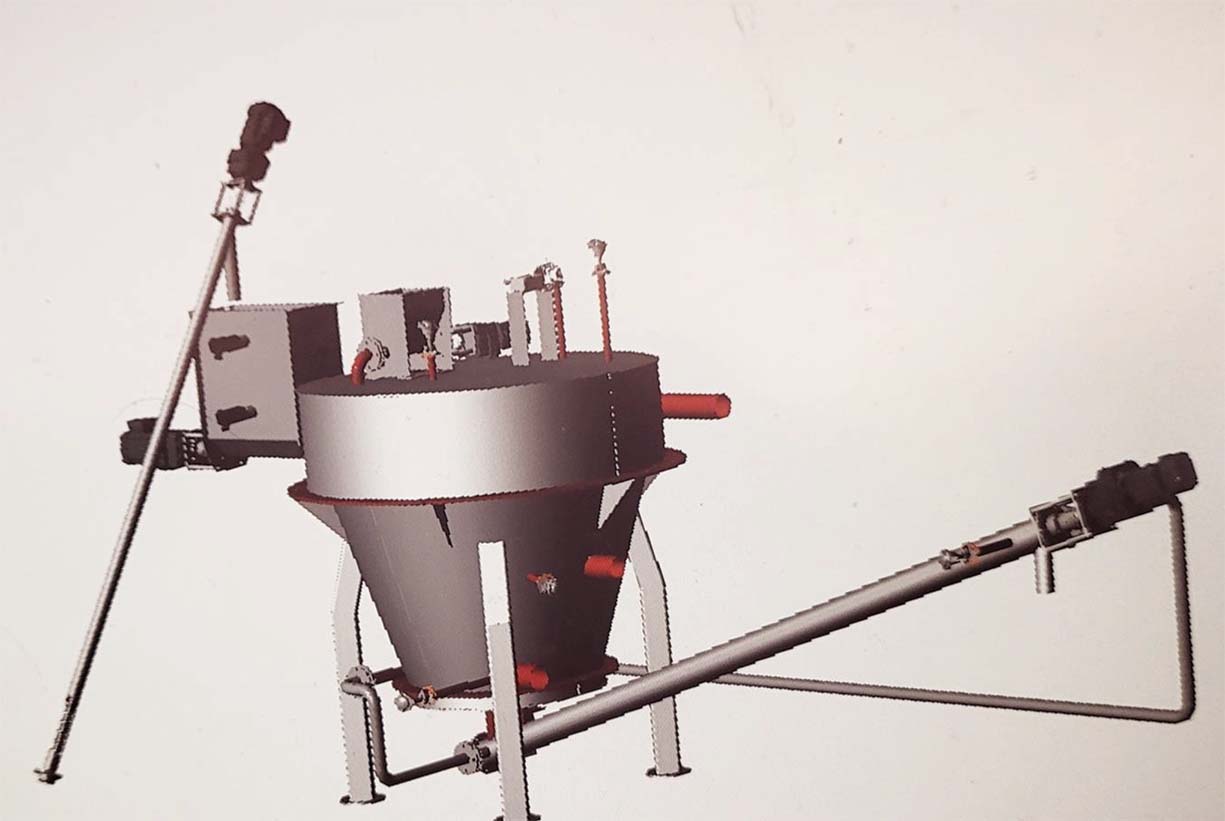Innovative and mobile in design, the G2-Next Gen aims to increase the availability of high-quality biochar production that meets the requirements for various applications.

Technical Data
| Biomass | 40 (l/h) 84 (kW) | 100 (l/h) 210 (kW) | 300 (l/h) 630 (kW) |
| Biochar | 30,9 (kW) 3,8 (kg/h) 36,8 % | 77,3 (kW) 9,5 (kg/h) 36,8 % | 231,8 (kW) 28,5 (kg/h) 36,8 % |
| Water vapor | 32,4 (kW) 38,6 % 210 (l/h) | 81,0 (kW) 38,6 % 525 (l/h) | 243,0 (kW) 38,6 % 1575 (l/h) |
| Autothermicity | 4,2 (kW) 5% | 11 (kW) 5,3% | 36,4 (kW) 5,8% |
| Losses | 12,8 (kW) 15,2% | 32 (kW) 15,2% | 96 (kW) 15,2% |
Objective: Reduce Carbon Emissions + Upcycle “Waste”
Reducing Carbon Emissions
- Storing carbon in soil or incorporating it into the construction of other materials ensures long-term sequestration, preventing its release into the atmosphere.
- Adapting the carbon cycle to capture and sequester carbon while preventing CO₂ emissions during biomass decomposition.
- When applied to soil, biochar not only sequesters carbon but also enhances plant growth.
- The unique structure of biochar retains moisture, nutrients, and fertilizers.
- It can also be integrated into other materials to enhance carbon capture potential.

